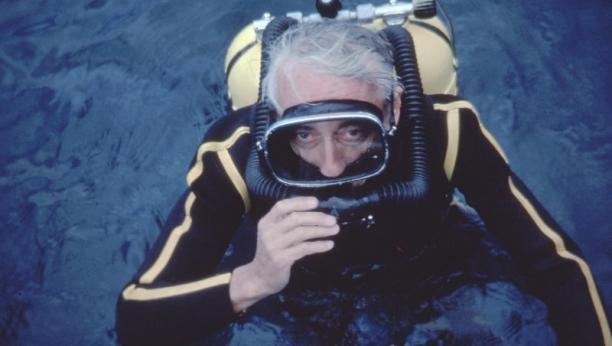The ocean, a vast and mysterious realm, has always beckoned explorers and adventurers. Jacques Cousteau, a name synonymous with underwater exploration, played a pivotal role in opening up this world to humanity. But when exactly did Cousteau, or rather, Cousteau with Émile Gagnan, invent the scuba diving equipment that we know and love today? Let’s dive into the history of scuba diving and uncover the details of Cousteau’s contribution. It’s a fascinating story of innovation and a shared passion for the sea.
The Origins of Scuba Diving: More Than Just Jacques Cousteau
While Jacques Cousteau is often credited with “inventing” scuba diving, it’s more accurate to say he co-invented modern scuba gear. The concept of underwater breathing devices existed long before Cousteau. Think about it – people have been trying to breathe underwater for centuries! But Cousteau, along with engineer Émile Gagnan, revolutionized the technology, making it more accessible and reliable.
When Did Jacques Cousteau and Émile Gagnan Develop Scuba Diving Equipment?
The pivotal year was 1943. During World War II, Jacques Cousteau, a French naval officer, sought a way to move freely underwater. He teamed up with Émile Gagnan, an engineer specializing in compressed gas technology. Together, they refined an existing regulator design, creating the “Aqua-Lung,” the first open-circuit, self-contained underwater breathing apparatus (scuba) that was both practical and reliable. This wasn’t just a minor tweak; it was a game-changer!
Key Features of Cousteau’s Scuba Diving Innovation
What made the Aqua-Lung so revolutionary? It wasn’t just about breathing underwater; it was about doing it safely and efficiently. Here are some key features:
- Open-Circuit System: Divers exhaled directly into the water, eliminating the need for cumbersome rebreathing apparatus.
- Demand Regulator: This ingenious device automatically delivered air to the diver at the precise pressure needed, regardless of depth.
- Portability: The Aqua-Lung was relatively lightweight and easy to carry, allowing for unprecedented freedom of movement underwater.
These features combined to create a scuba system that was far superior to anything that had come before. It opened up a whole new world of underwater exploration.
The Impact of Jacques Cousteau’s Scuba Diving Invention
The impact of Cousteau and Gagnan’s invention is immeasurable. It wasn’t just about recreational diving, although that certainly exploded in popularity. Consider these areas:
- Marine Biology: Scientists could now study marine life in its natural habitat.
- Underwater Archaeology: Shipwrecks and submerged cities became accessible for exploration and research.
- Commercial Diving: The Aqua-Lung made underwater construction and repair work much more efficient.
Jacques Cousteau didn’t just invent a piece of equipment; he unlocked a gateway to the underwater world for everyone.
Jacques Cousteau: More Than Just an Inventor of Scuba Diving
While his contribution to scuba diving is undeniable, Jacques Cousteau was so much more than just an inventor. He was an explorer, a filmmaker, a conservationist, and a passionate advocate for the ocean. He used his films and books to educate the public about the importance of protecting our marine environment. He was a true visionary, and his legacy continues to inspire us today.
Jacques Cousteau’s Legacy and Scuba Diving Today
The scuba diving equipment we use today is a direct descendant of the Aqua-Lung; While there have been numerous advancements in technology, the basic principles remain the same. Cousteau’s pioneering work laid the foundation for the safe and enjoyable underwater exploration that millions of people experience every year. It’s amazing to think how one invention could have such a profound impact.
FAQ About Jacques Cousteau and Scuba Diving
Did Jacques Cousteau invent scuba diving alone?
No, Jacques Cousteau co-invented modern scuba diving equipment with Émile Gagnan in 1943. Gagnan was an engineer who helped refine the regulator design.
What was the name of Cousteau’s scuba diving invention?
It was called the “Aqua-Lung.”
What impact did the Aqua-Lung have?
It revolutionized underwater exploration, research, and commercial activities, making the underwater world more accessible.
Jacques Cousteau’s name will forever be linked with the ocean and the spirit of exploration. His invention, the Aqua-Lung, was a key that unlocked the underwater world for countless individuals. He showed us the beauty and fragility of our oceans. His legacy reminds us of our responsibility to protect them. Let’s continue to explore and conserve the underwater world, inspired by the pioneering spirit of Jacques Cousteau. He truly changed the way we see the ocean.






